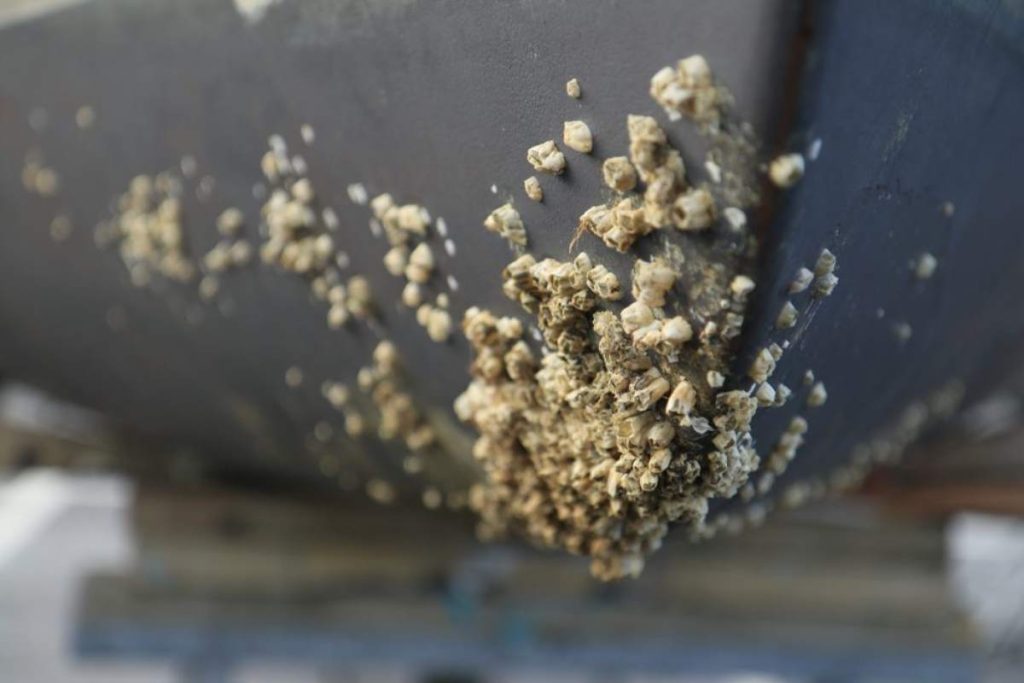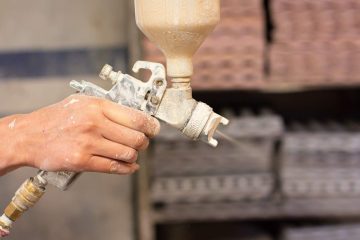What Are Barnacles and Why Do They Attach to Boats? Should I Remove Barnacles from My Boat?
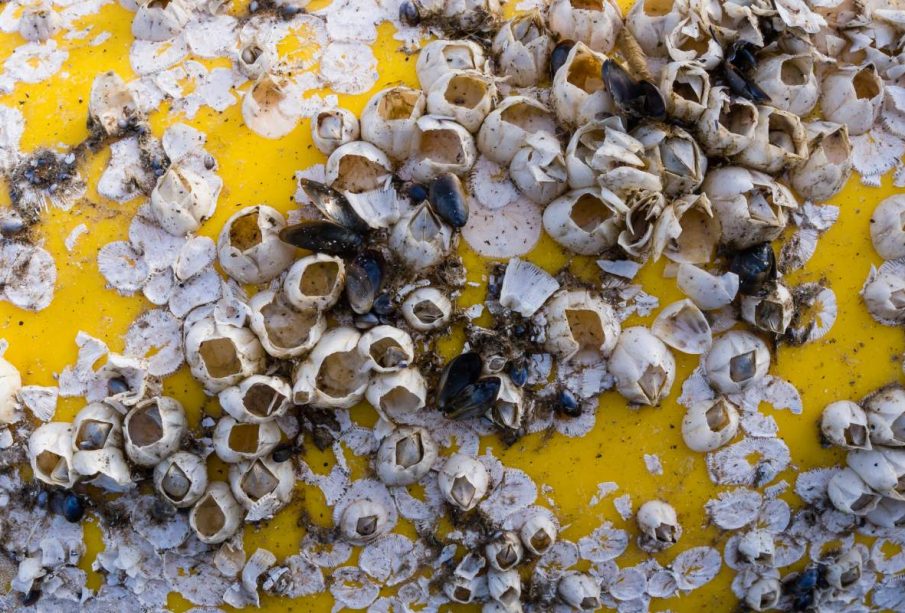
Owning a boat comes with a sense of freedom and adventure, but it also brings certain responsibilities. Among them is maintaining the boat’s hull to ensure longevity, performance, and fuel efficiency. One of the most common and persistent problems for boat owners, particularly in saltwater environments, is barnacle accumulation. These crustaceans, while fascinating creatures, can wreak havoc on a boat’s performance and overall health if not dealt with properly. The question many boat owners face is: Should I remove barnacles from my boat?
In this article, we’ll explore the implications of barnacle growth on boats, reasons for removal, methods for removing barnacles, and preventative measures to keep them at bay.
What Are Barnacles and Why Do They Attach to Boats?
Barnacles are small, hard-shelled crustaceans that attach themselves to various underwater surfaces, including boats, piers, rocks, and even turtles and other marine animals. They do this by secreting a strong natural adhesive that binds them firmly to surfaces. This glue is so robust that barnacles can stay attached to the hull even when boats are travelling at high speeds.
Barnacles are filter feeders, and they thrive in saltwater environments where they can easily access plankton and nutrients. Unfortunately for boat owners, the submerged hull of a boat offers an ideal surface for barnacle larvae to settle and grow. As these barnacles multiply, they form dense, hard patches, significantly impacting the boat’s performance.
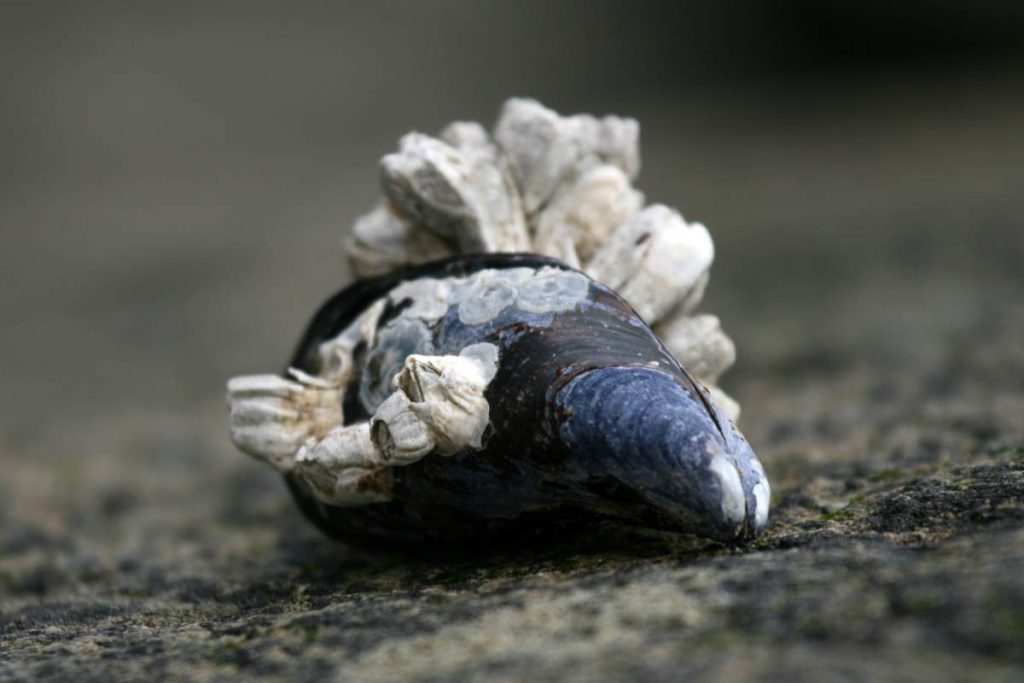
Why Should You Remove Barnacles?
1. Improved Boat Performance
One of the most significant reasons to remove barnacles from your boat is the effect they have on its performance. Barnacles create drag, increasing the resistance your boat encounters when moving through water. This additional drag forces the engine to work harder, slowing down the boat’s speed and leading to inefficient fuel consumption. In fact, a hull heavily infested with barnacles can reduce a boat’s speed by up to 40%, which is both costly and frustrating for boat owners.
Increased drag also means the engine will have to work harder for the boat to reach its usual cruising speed, which can lead to quicker engine wear and, eventually, more frequent repairs or part replacements.
2. Fuel Efficiency
With increased drag comes increased fuel consumption. A clean hull allows the boat to glide smoothly through the water, whereas a hull covered in barnacles will require the engine to burn more fuel to compensate for the resistance. The cost of removing barnacles can easily be justified by the savings you’ll see in fuel costs over time.
3. Hull Damage Prevention
Barnacles are not just a surface nuisance. Over time, their hard shells can cause serious damage to the boat’s hull. If barnacles are left on a boat for too long, they can penetrate the boat’s protective layers, leading to structural damage that can be expensive to repair. For boats made of fibreglass, barnacles can even cause small pits and cracks in the material, while wooden hulls are at risk of rot and decay from prolonged barnacle attachment.
4. Increased Safety
Barnacle infestations can compromise your boat’s safety, particularly in rough waters. The additional drag caused by barnacles makes your boat less responsive, which could be a critical problem in dangerous conditions. Regular removal of barnacles keeps your boat in top condition and ensures it remains responsive and safe to operate.
How to Remove Barnacles
While it’s clear that removing barnacles is necessary, how to do it properly is another important consideration. Here are some common methods for barnacle removal:
1. Manual Scraping
This is the most common method of barnacle removal. It involves using a scraper or putty knife to physically remove barnacles from the boat’s hull. While manual scraping is effective, it can be time-consuming, especially if the barnacles have been left to accumulate for a long time.
It’s essential to be careful when scraping barnacles off your hull to avoid damaging the boat’s paint or protective coatings. Fiberglass boats, in particular, are vulnerable to damage if scraping is done too aggressively.
2. Pressure Washing
Pressure washing is an effective way to remove barnacles, especially if the infestation isn’t too severe. A high-powered pressure washer can remove barnacles without requiring much manual effort. However, this method works best when the barnacles are small or just beginning to form. Established barnacle colonies may require a combination of pressure washing and manual scraping.
3. Acid Cleaning
Some boat owners use specialized acid cleaners to remove barnacles and other marine growth. These cleaners break down the barnacle adhesive, making it easier to remove them without scraping. However, acid cleaning should be done with caution, as the chemicals can damage your boat’s hull if not used correctly. Always follow manufacturer instructions and wear protective equipment when using acidic cleaners.
4. Professional Cleaning Services
For those who don’t want to deal with the hassle of barnacle removal themselves, professional cleaning services are a convenient option. Many marinas offer hull cleaning services, and these professionals have the tools and expertise to remove barnacles without damaging the hull. While this option may be more expensive than doing it yourself, it ensures that the job is done correctly.
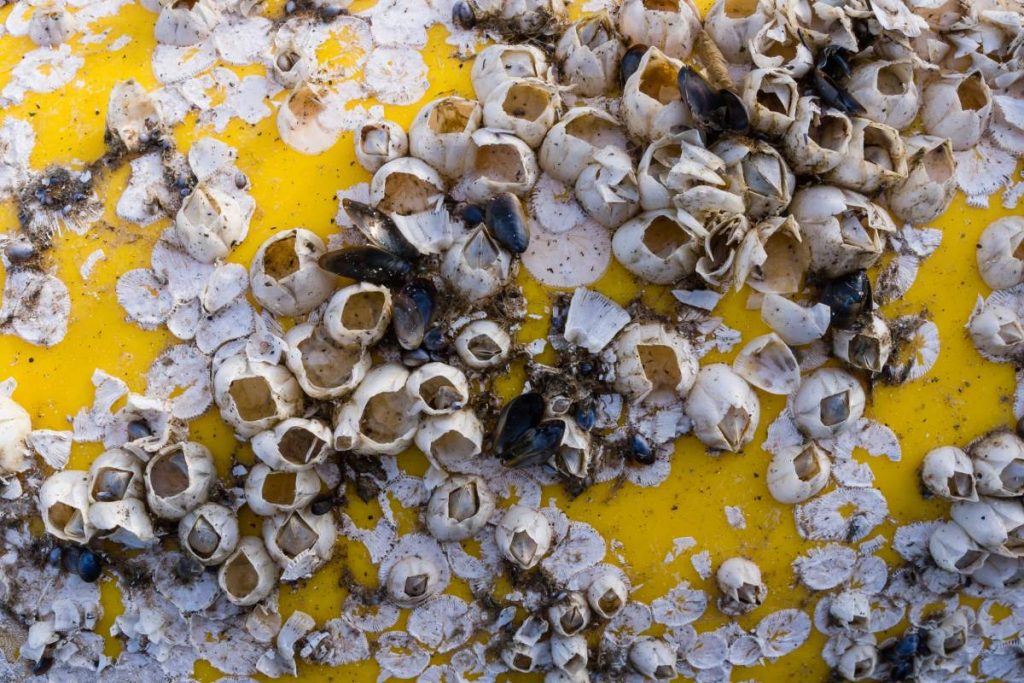
Preventing Barnacle Growth on Your Boat
Removing barnacles once they’ve attached to your boat is important, but preventing them from growing in the first place is even better. Here are some effective ways to prevent barnacle growth:
1. Anti-Fouling Paint
One of the most effective ways to prevent barnacle growth is to apply anti-fouling paint to your boat’s hull. This specialized paint contains biocides that prevent barnacles and other marine organisms from attaching to the surface. Anti-fouling paint is available in a variety of formulations, so be sure to choose one that suits your boat’s material and the type of water you’ll be sailing in.
In Australia, anti-fouling paints must comply with environmental regulations, so ensure that you’re using a product that meets these standards. Regular reapplication of anti-fouling paint is necessary, as the protective properties will wear off over time.
2. Regular Cleaning
A regular maintenance schedule can help you stay ahead of barnacle growth. If you notice barnacles starting to form, removing them early will save you time and effort in the long run. If you store your boat in the water year-round, consider hiring divers to clean the hull periodically.
3. Dry Docking
Whenever possible, store your boat out of the water to prevent barnacles from attaching to the hull. Dry docking your boat when it’s not in use is one of the best ways to avoid barnacle accumulation. Even a few days out of the water can kill existing barnacles, making them easier to remove.
Final Thoughts
So, should you remove barnacles from your boat? Absolutely. Allowing barnacles to accumulate on your hull can lead to reduced performance, increased fuel consumption, potential hull damage, and even compromised safety. While barnacle removal can be a laborious task, the benefits far outweigh the drawbacks. By keeping your hull clean and applying preventative measures like anti-fouling paint, you can enjoy smooth sailing and save money in the long term.
Regular maintenance is key, so don’t wait until your boat’s performance has drastically declined before addressing the issue. Whether you choose to scrape off barnacles yourself, hire a professional, or invest in preventive measures, taking action is essential for the longevity and efficiency of your boat.
